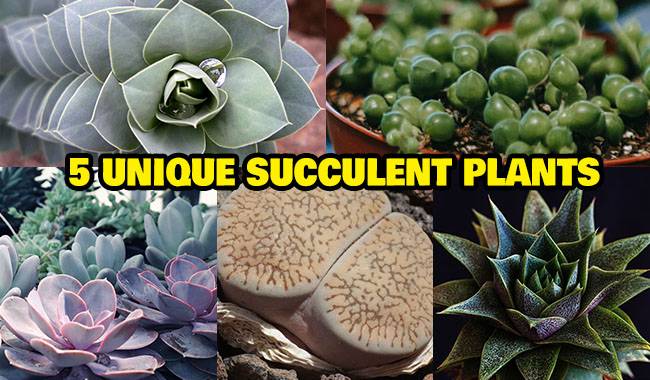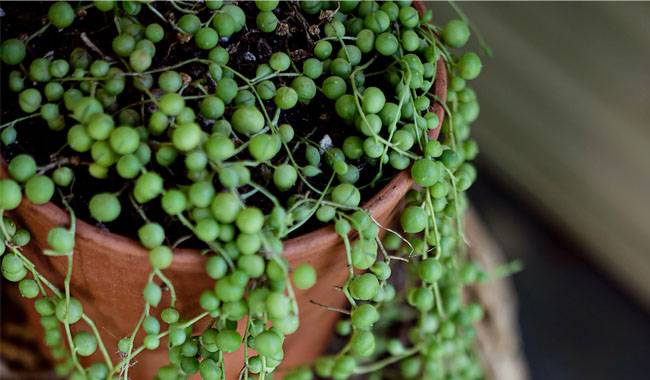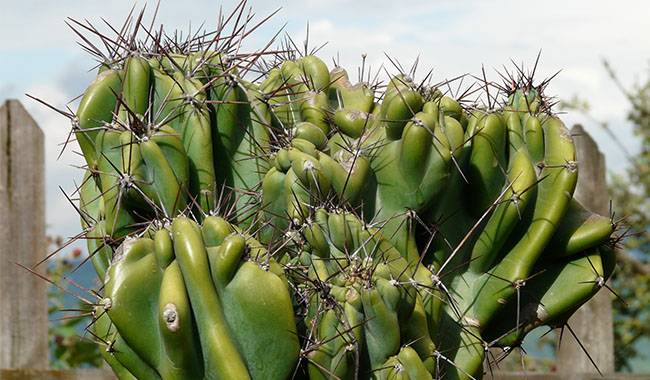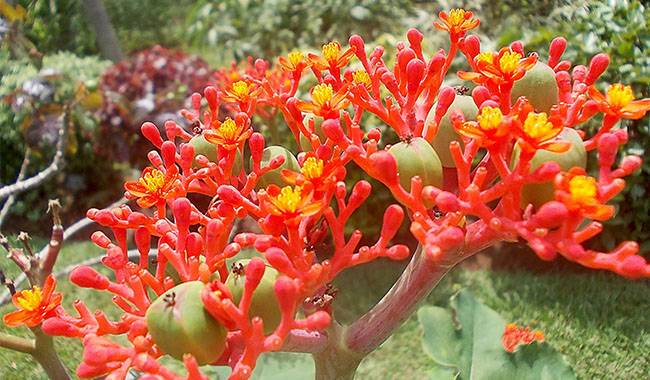
Jatropha is directly related to the family Euphorbiaceae. The genus is represented by shrubs, trees, and herbaceous plants with latex. In nature, it can be found in tropical Africa and America. The name comes from the Greek word ἰατρός (iatros), which is derived from the Greek word jatrys for “doctor” and trophe for “food,” hence the common name medicinal fruit.
Jatropha is an outstanding tropical annual and is a rather unusual plant. It has a bottle-shaped stem. It remains bare all winter, but it grows umbrella-like flower stems consisting of small red flowers in early spring. After a while, leaves with long petioles begin to grow. jatropha is very hard to find in flower stores.
If you want, you can try to find it in florists and botanical gardens that collect succulents. The jatropha genus is very expensive but very easy to take care of. This plant can add a touch of vibrancy to any interior and can also be used as a bonsai. It blooms regularly, and the bright umbels on its long stems look quite spectacular. Usually, Jatropha starts flowering first and grows broad leaves with long petioles, 4-8 inches (10-20 cm).
Like many members of the Euphorbiaceae family, Jatropha contains highly toxic compounds.
A BRIEF DESCRIPTION OF JATROPHA
It contains about 170 succulent plants, shrubs, and trees (some deciduous, like Jatropha). Most of them are native to the Americas, with 66 species in the Old World. The plants have separate male and female flowers. Jatropha species were traditionally used for basketry, tanning, and dye production. In the 2000s, Jatropha gained interest as an oil crop for biodiesel production and also has medicinal value when used as a lamp oil; native Mexicans in the Veracruz region have developed a variant of Jatropha through selective breeding that lacks toxic compounds, generating better income when used as a biodiesel source due to its edible by-products. If toxic types pollinate edible Jatropha, toxicity may return.
HOW TO TAKE CARE OF JATROPHA PLANTS AT HOME
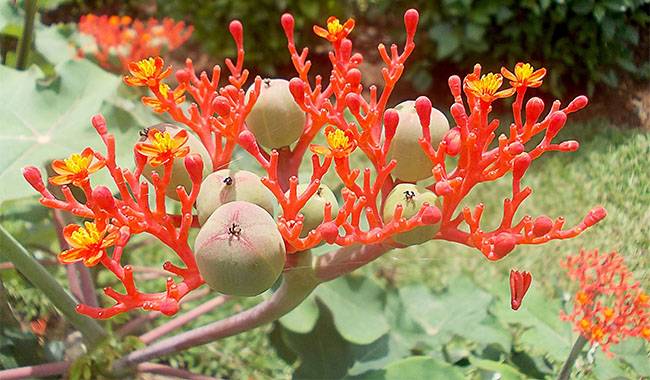
Light
It should be placed in a well-lit, sunny area but should be well shaded from direct sunlight. Windows facing east or west are best. Newly purchased plants should be gradually acclimated to bright light, as burns may occur on the leaves. This also applies to plants after a long period of cloudy weather.
Temperature
The correct temperature should be 64-71 °F (18-22°C) in the summer and 57-60 °F (14-16°C) in the winter. In the winter, Jatropha will be suitable for average room temperature, making it easier to care for.
Humidity
In the low humidity conditions of urban apartments, it grows and develops quite normally, and no spraying is necessary. However, it is necessary to systematically wipe the leaf discs with a moist sponge for hygienic purposes.
How to water
Water moderately in spring and summer. Make sure that the water is well drained and is soft. Water after the topsoil has dried. Make sure there is no standing water in the soil as this can quickly lead to rot. As winter approaches, watering should be reduced. If all leaves fall off in the fall or winter, stop watering altogether. At the beginning of spring, start watering normally after the young shoots appear.
Fertilization
Fertilization should be done every 4 weeks in the spring and summer. Use cactus fertilizer. Stop fertilizing in the winter.
Soil
A suitable soil mixture consists of turf and leaf soil and sand and peat in a ratio of 1:2:1:1.
Transplanting Jatropha
Replant every 2 or 3 years in the spring. Transplanting requires low and wide containers. Make a good drainage layer at the bottom.
METHODS OF PROPAGATION OF JATROPHA
Cuttings or seeds can do propagation. However, it is worth remembering that seeds quickly lose their germination ability, so obtaining seeds can be difficult.
Seed setting is also possible when the plant is growing at home. However, these flowers need to be hand-pollinated. Pollen is gently transferred from male to female flowers with a soft brush. The male flowers are marked by stamens covered with a large amount of yellowish pollen. It is worth remembering that the female flowers open first, so pollination needs to occur right at the beginning of flowering. If pollination is successful, the oval-shaped fruit is green, an inch and a half long, and contains 2 or 3 long seeds. When the fruit ripens, it turns black and then breaks off, scattering the seeds in different directions up to 40 inches (1 meter) away. Therefore, the fruit should be placed in a gauze bag beforehand.
When sowing seeds, use a mixture consisting of leaf and turf soil, peat, and sand, which should be taken in the same proportions. Sowing should be done on the surface. Should keep the substrate temperature at 77 °F (25 °C). Cover the container with glass and leave it in a warm place. 7-14 days later, the first shoots will appear. The seedlings are planted in different containers. They grow very fast. After only a few months, they do not differ much from adult specimens. The leaves are round at first and then become wavy. Two years after sowing, the leaves become leafy. The trunk gradually becomes thicker. The plant will flower for the first time in its 2nd year.
It can be propagated by cuttings that have been lignified. The plugs are left outside to dry and then treated with a root stimulating agent (e.g. isoflavones). The plugs are planted in a mixture of humus and equal parts of turf and sand. The required temperature was between 82-89 °F (28-32 °C). Rooting was carried out after 4 weeks. Rooted plugs were planted in pots of 2.7 inches (7 cm) diameter.
DISEASES AND PESTS OF JATROPHA
- Root rot and flower death for too much watering – It should be more thrifty.
- Yellowing and death of leaves – spider mites have settled. Use a sprayer and moisten the plant with warm water at least 2 or 3 times a day. If the infestation is severe, treat the plants with a suitable insecticide.
- Flowers are deformed and fading – thrips have infested the plant. Give the plant a hot bath and treat it with a suitable insecticide.
- Slow growth – Too much fertilizer in the soil. Fertilize carefully. Make sure the substrate is well moistened before fertilizing.
- Root rot, leaf discoloration, and wilting – The water is too cold. It is recommended to heat the water slightly.
More Related Information About Planting & Growing Annuals Plants




